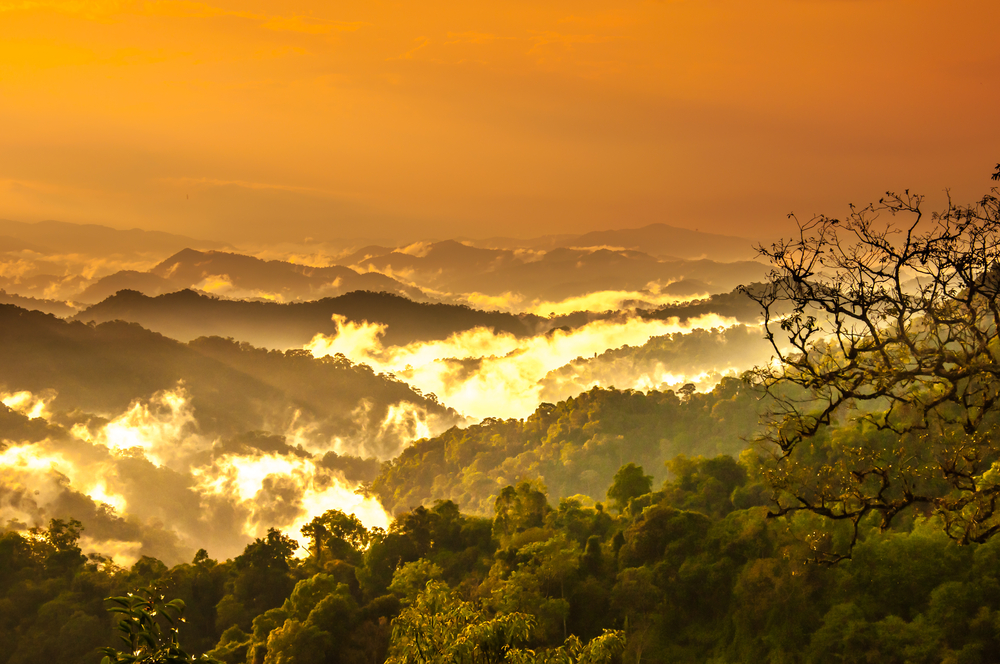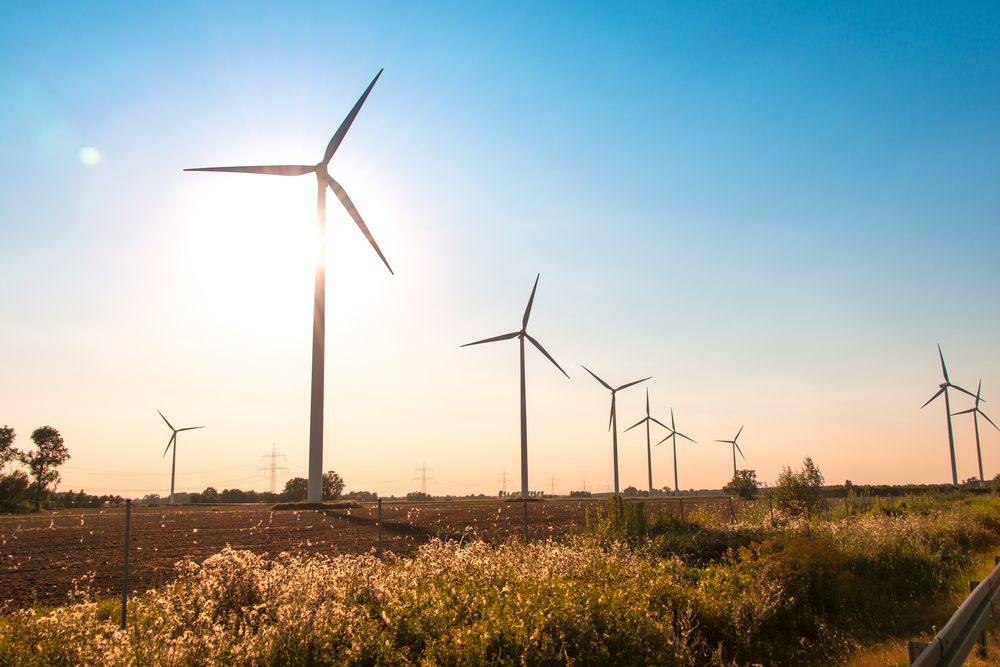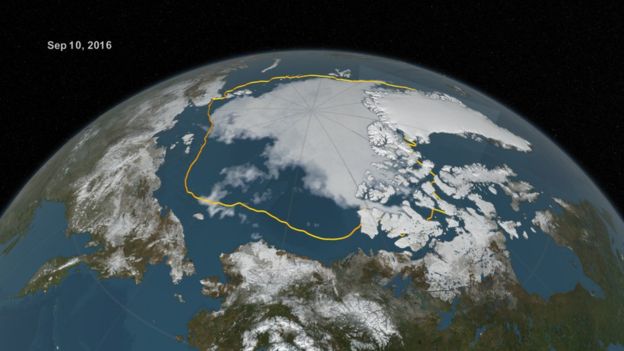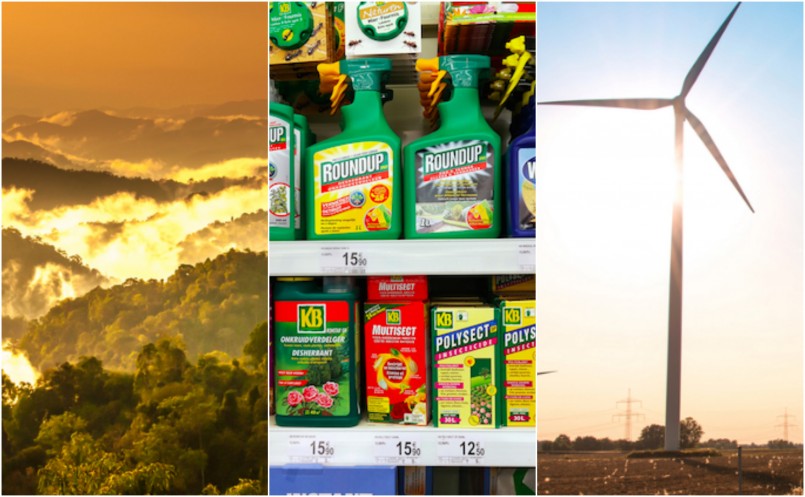Environment
Planet roundup: Monsanto, Arctic ice and more
Happy Friday, everyone! Here at OutwardOn, we are dedicated to keeping you up to date on everything important happening on our planet, including the health of its resources, animals and more. So, each Friday we are bringing you Planet Roundup—the most important environmental news stories (the good and the bad) that happened during the week to make sure you’re caught up on everything.
Monstanto is selling itself?

Image: Shutterstock/defotoberg
Bayer, a German drug and crop chemical company, has reached a $66 billion agreement to merge with Monsanto. This deal will create control over more than a quarter of the worlds market for seeds and pesticides in the farming industry.
Read more about this here.
There’s a greenhouse gas-monitoring aircraft in the Amazon

Image: Shutterstock/swisoot
Research led by the National Centre of Earth Observation at the University of Leicestern has begun using a small aircraft to measure the levels of methane in the atmosphere above the Amazon. This method has proven to be extremely accurate and detailed, making future attempts at keeping tabs on greenhouse gases much easier.
Read more about this here.
Wind energy costs expected to go down

Image: Shutterstock/Elnur
Technology advancements are predicted to drive down the costs of wind energy production in the future according to wind power experts led by Lawrence Berkeley National Laboratory (Berkeley Lab). Experts anticipate cost reductions of 24%-30% by 2030 and 35%-41% by 2050, who could complain?
Read more about this here.
Arctic ice continues to lower

Image: NASA
Arctic sea ice grows each autumn and winter, and gets smaller each spring and summer. However, the sea-ice on September 10 was measured at 4.14 million sq km, which is a bit shorter than the 3.39 million sq km record low in 2012. The lead scientist at NSIDC, Ted Scambos, says “It really suggests that in the next few years, with more typical warmer conditions, we will see some very dramatic further losses.”
Read more about this here.






0 comments